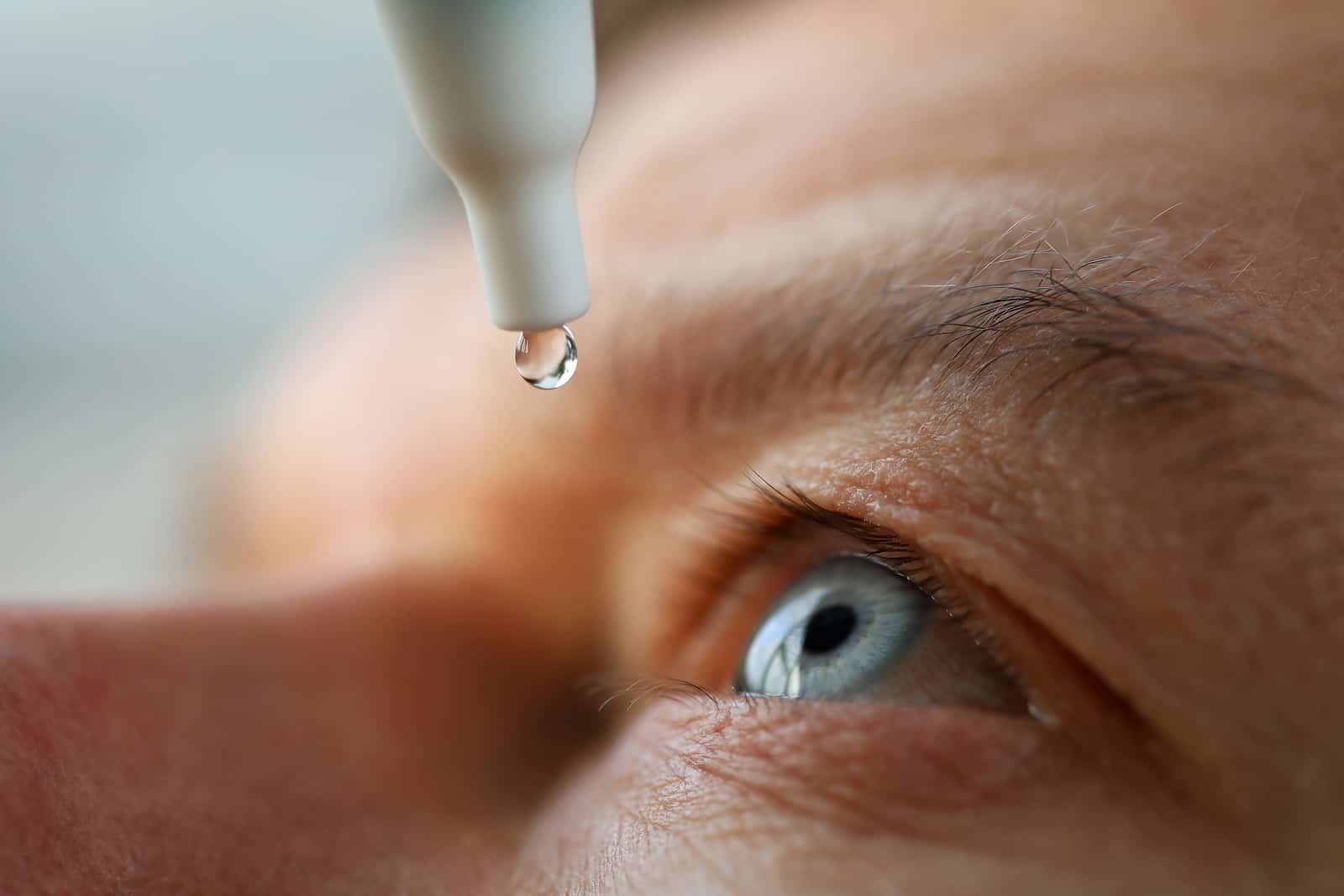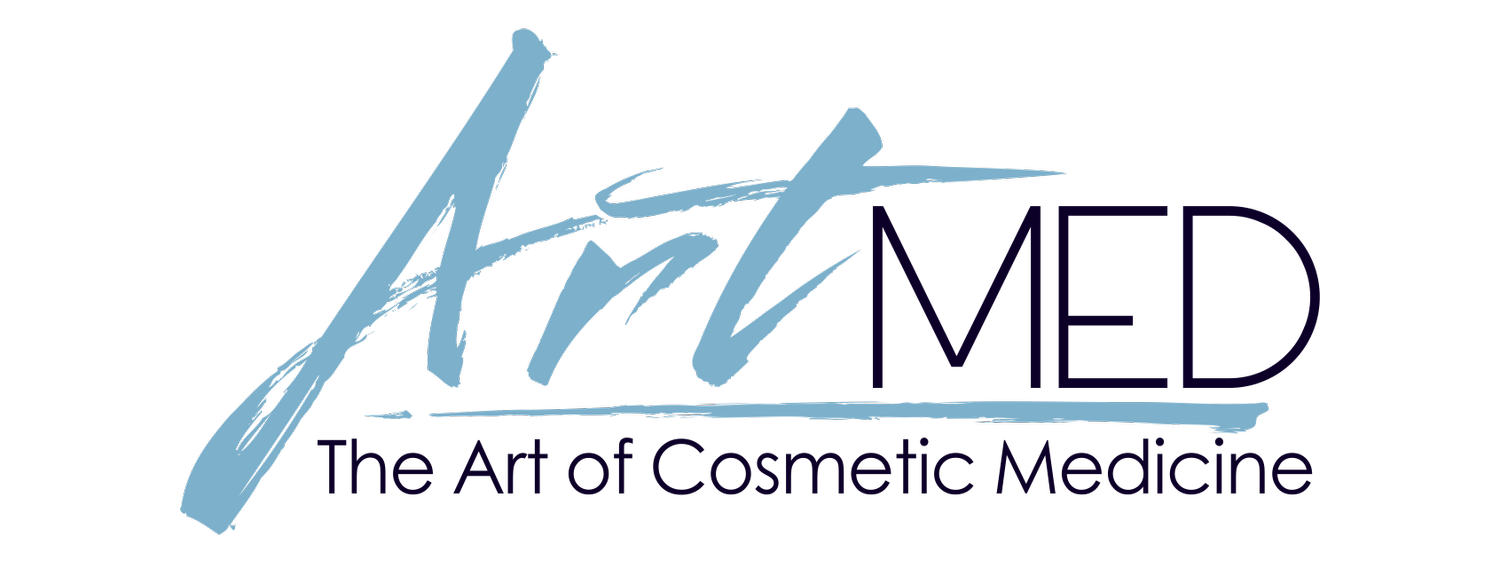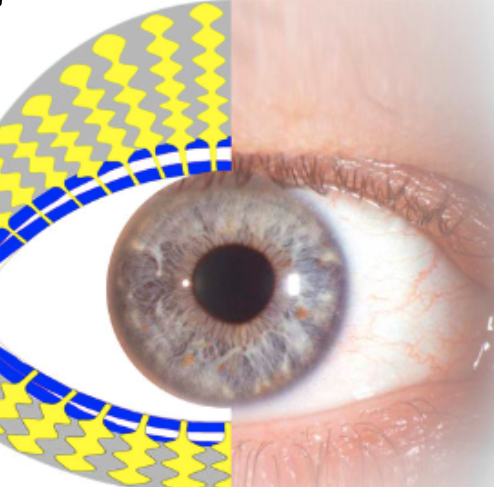
BBL™ Dry Eyes Treatment
Significant Symptom Relief | Improved Tear Film Function | Effective Meibomian Gland Treatment
What is dry eye disease (DED)?
Do your eyes ever feel gritty, scratchy, burning or stinging? Do they tear excessively and is your vision sometimes blurred? Do you regularly use artificial tears? Do you avoid low humidity/windy/drafty places knowing it will irritate your eyes?
These are all signs of dry eye disease.
Dry eye disease afflicts 30% of Canadians. It causes significant quality of life issues for many and can show up as early as age 20 but worsens with age. DED is caused by dysfunction in the tear film that protects and lubricates the surface of the eye. Most individuals with DED have evaporative dry eye caused by meibomian gland dysfunction (MGD). The meibomian glands produce an oil that is critical to the composition of the tear film.
If there is insufficient oil in the tears, the tears evaporate quickly leaving the surface of the eye very dry. If the surface is dry the action of blinking can cause corneal abrasions resulting in irritation, pain, redness, foreign body sensation and visual disturbances.
MGD is typically a chronic condition caused by insufficient oil production and clogged meibomian ducts.
Meibomian glands
Can you treat dry eye disease? What is the best approach?
ArtMed specializes in providing services and therapies to address quality of life concerns including DED. In recent years researchers have determined that Broad-Band Light Therapy (BBL™) is very effective treatment for MGD and greatly improves DED symptoms.
Many providers offer IPL or radiofrequency (RF) treatments for dry eyes which is less powerful technology and frequently they treat only the lower eyelid area which is suboptimal and frequently insufficient to improve DED.
So why is BBL™ for Dry Eyes more effective?
Research has shown that the majority of meibomian glands are in the upper eyelids, so it is critical when treating MGD that the upper lids are treated as well. The only way to do that safely and effectively is to use a treatment protocol that includes intraocular eye shields and upper eyelid BBL™ treatment. After treatment with BBL™ the upper and lower lid glands should be manually massaged to unclog blocked ducts. Again, this is much safer and easier when intraocular eyed shields are place. While this is a more involved and slightly costlier treatment it is also much more effective.
ArtMed laser technicians are highly skilled in the use of intraocular eye shields because they have been using them for other treatments at ArtMed for over 10 years. ArtMed also uses a proven BBL treatment protocol published in the Journal of Clinical Ophthamology that was developed by researchers at the Temerty School of Medicine at University of Toronto. We adhere to strict public health standards, strict clean technique and we sterilize our equipment with an autoclave to hospital grade standards.
Get the research proven best-in-class treatment available from highly experienced professionals in a medical clinic setting.
For more information about MGD and DED and how it can be treated at ArtMed please read through the FAQs below.
We look forward to helping you escape the drudgery of chronic dry eye disease and returning to healthier tear film function.
BROAD-BAND LIGHT (BBL™) FOR DRY EYES FAQ’s
-
Dry eye disease (DED) is caused by dysfunction of the tear film that protects and hydrates the surface of the eye. Most individuals with DED have evaporative dry eye caused by meibomian gland dysfunction (MGD). The meibomian glands produce an oil that is critical to the composition of the tear film.
If there is insufficient oil in the tears, the tears evaporate quickly leaving the surface of the eye very dry. If the surface is dry the action of blinking can cause injury to the eye surface resulting in irritation, pain, redness, foreign body sensation and visual disturbances.
MGD is typically a chronic condition caused by both insufficient production of oil and blockage of the ducts the oil must pass through to reach the surface of the eye. The severity of DED is graded using the Canadian Dry Eye Assessment and ranges from 1 (mild) to 4 (extremely severe).
-
IPL has been shown to be an effective and safe treatment modality for DED and MGD. IPL is widely used to treat dermatological conditions including rosacea, acne and pigmentation issues. It was discovered that individuals treated for these conditions often reported improvements in their dry eye symptoms. BBL (broad band light using a Sciton™ Laser) has been found to be particularly effective type of IPL and this may be due to its stronger intensity of heat and the continuous pulsed light which more evenly distributes heat in the skin assuring safety at higher temperatures.
The heat generated during a BBL melts and thins the thick meibomian oil promoting flow through the ducts and unclogging blocked channels. Secondly the heat may reduce harmful bacteria and demodex mites that reside on the eyelids, in the glands and at the ocular surface thereby decreasing inflammation and relieving obstruction of the ducts.
-
Research studies conducted in Canada at the Temerty School of Medicine at University of Toronto, found that over 85% of patients reported an improvement in DED after BBL treatment. Even in the most severe cases, 70% of grade IV patients experienced improvement. Researchers also found a significant reduction in redness and inflammation as well as improvements in visual symptoms. Multiple studies from around the world have reported similar findings.
-
At ArtMed we follow the same treatment protocol undertaken by researchers at U of T School of Medicine and published in the Journal of Clinical Ophthalmology.
First, we assess your grade of dry eye severity and determine if you have any contraindications to treatment.
The treatment protocol involves placing freezing drops in the eyes and then placing metal intraocular shields over the globe of the eye. This is not painful as the eyes are frozen. Ultrasound gel is applied to the lids and surrounding eye and cheek area and then using a small adapter approximately 30 pulses of BBL are applied to each eye - upper and lower eyelids plus the cheeks just below the eyes.
The highest density of meibomian glands is found in the upper eyelids. Therefore, it is imperative that treatment for DED with BBL includes the upper eyelids. Some providers avoid the use of eye shields and treat only the area under the eye. Published research studies have concluded that for optimal results treatment of the upper and lower lids is required.
Once the meibomian glands have been heated and the waxy oil within them softened by BBL the laser technician will then extract plugged ducts to ensure improved oil flow. This involves manual massage using a small, specialized tool and takes just a few minutes and is done while the shields are still in place. Once meibomian gland extraction is complete the eye shields are removed.
A series of 4 treatments is recommended which are done monthly.
-
Typically, those with dry eye will need to do a single maintenance treatment every 4-9 months. How often is highly individual and will depend on the severity of the dry eye and response to treatment.
-
The most important aspect of treatment is safety. Be sure to seek treatment from experienced and trained providers. It is important that the technicians providing treatment are experienced in the use of intraocular shields and BBL therapy. At ArtMed we have been using intraocular eye shields for 10 years and providing a wide range of BBL therapies for 10 years as well. Ideally treatment should be undertaken in only a medical facility with a medical director on site.
When metal eye shields are used there is always a small risk of a corneal abrasion during insertion or removal of the shields. Eye irritation is also common after removal of the shields. Regular use of artificial tears after treatment will provide relief and most corneal abrasions resolve within 24 hours.
During treatment the technician will use a small wooden paddle to protect the eyelashes during treatment. Some individuals have experienced a temporary thinning of lashes after treatment in studies, but using appropriate settings and taking precautions to protect lashes will mitigate this risk.
-
Skin tattoos within the vicinity of the areas of treatment
A recent history of high sun exposure or artificial tanning treatment
Unprotected sun exposure in the weeks before and following treatments
History of ocular trauma or recent eyelid/lacrimal surgery
Systemic inflammatory connective tissue and skin diseases
-
BBL is used most commonly to treat redness in the skin and boost collagen and elastin formation. Consequently, using BBL for DED has the positive side effect of boosting collagen/elastin production in the eyelid area which has an antiaging effect! Additionally, BBL reduces the growth of atypical capillaries in the skin thereby reducing redness of the eyelids which secondarily reduces inflammation.
-
An initial series of 4 treatments is provided at a package price of $1500.
Maintenance treatments can be purchased individually at a price of $425.

